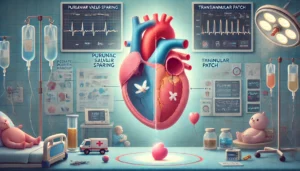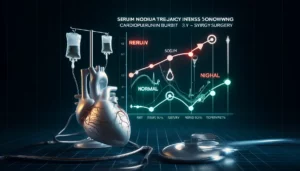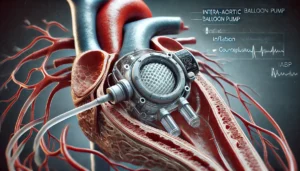
Early Postoperative Outcomes of Modified Del Nido Cardioplegia in Coronary Artery Bypass Surgery in Patients with Low Ejection Fraction
This study compares the effectiveness of modified del Nido cardioplegia (DNC) with classic blood cardioplegia (BC) in coronary artery bypass grafting (CABG) patients with low ejection fraction (≤35%). Results show that DNC offers comparable myocardial protection to BC while reducing postoperative atrial fibrillation and the need for inotropic agents. DNC also showed lower troponin levels postoperatively, indicating better myocardial recovery, though no significant differences in mortality or hospital stay were observed.










